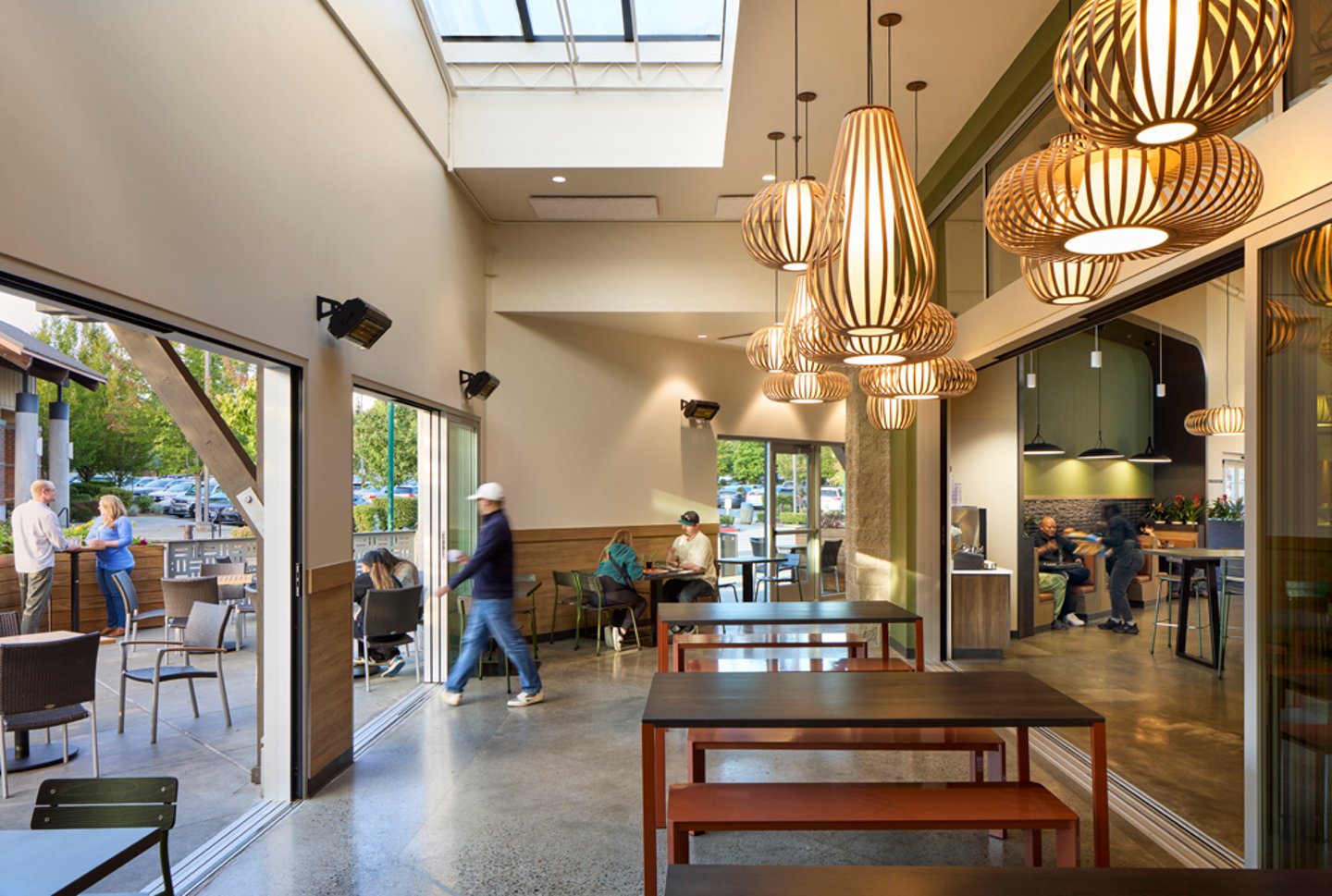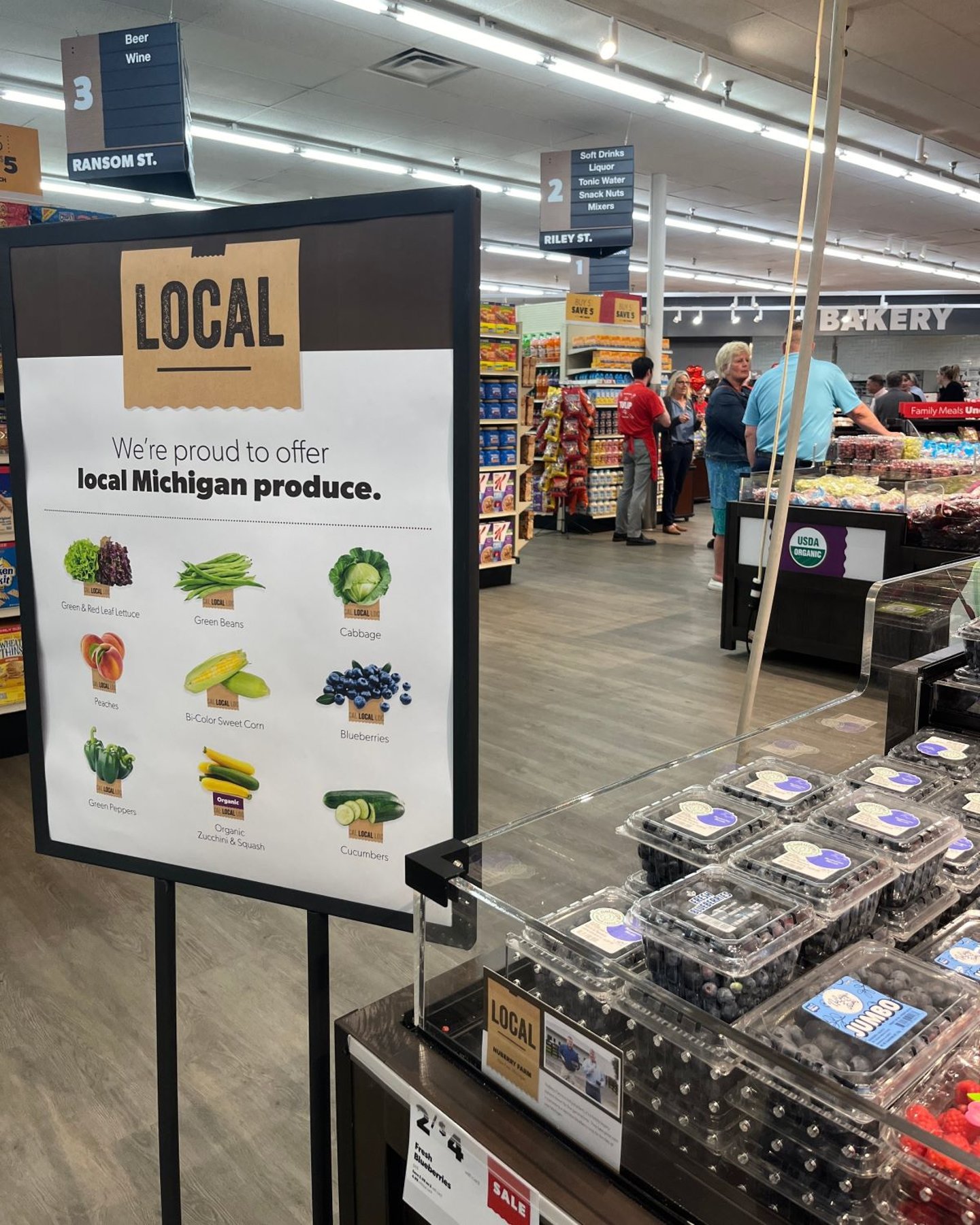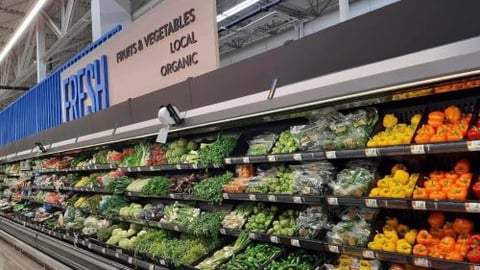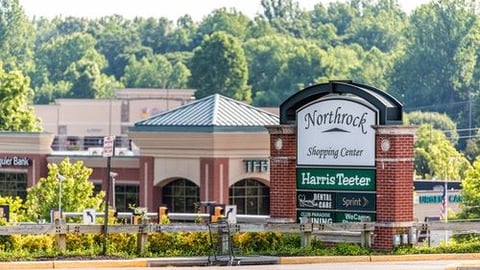The Grocer’s Guide to Remodeling
Today’s grocery consumers are more discerning than ever, especially when it comes to the physical spaces in which they shop. As food retailers make aesthetic and functional updates to their brick-and-mortar stores, what should they keep in mind? Progressive Grocer spoke with two experts to find out more about the increasingly important remodeling process.
Initial Considerations
Renovations or remodels can seem daunting, but choosing the right areas in which to invest is an important first step.
“Breathing new life into aging locations or across a store fleet has become ever more important for retailers and grocers of varying scales,” explains Alex Shapleigh, principal, retail practice specialist at Seattle-based Graphite Design Group. “Owners need to consider a variety of factors and competing priorities to determine the most impactful areas to spend often limited dollars, with maximum impact for both customers and employees.”
[PODCAST: H-E-B Talks Store Design]
According to Shapleigh, the typical priority flow is first considering safety and deferred-maintenance items, followed by enhancements to store functionality and then customer experience enhancements. It’s important, however, for customers to feel and see the improvements; otherwise grocers run the risk of not seeing the desired ROI on a given project.
Kara Eberle-Lott, associate principal, architect at Seattle-based architecture, engineering and design firm Cushing Terrell, agrees that retailers at any experience level are well served by carefully identifying what they want to get out of the project. At the end of the day, she believes the aim of any effective remodel should be to increase customer count and boost sales.
“A remodel should include operational improvements, energy savings improvements, increased opportunity for customer-staff engagement, brand enhancement, and connection to the latest trends and offerings in food retail,” she explains. “These targets can be supported by fundamental information retailers should be aware of: Category performance — especially as it relates to location and adjacency — shifting demographics, consumer habits and opportunities for community engagement will impact decisions.”
Choosing the Right Partners and Parameters
Selecting the appropriate partner for remodels can be just as critical as where a food retailer decides to spend its money. “Experience in grocery store design is a key element to choosing both a design and/or architecture firm,” explains Eberle-Lott. “Equally important is a good cultural fit and the anticipated working relationship between the retailer and the design/architect partner. The retailer should feel that the design partner is a trusted advisor, and the design partner must trust the retailer’s expertise in their business model to help drive the design.”
[RELATED: Emerging Grocery Store Designs]
Shapleigh also stresses the need to select design firms that can bring a broad perspective and fresh ideas from other categories to any proposed remodels, balanced by solid technical expertise and a proven track record of delivering consistent and compelling brand experiences at scale.
As for how much to take on for any given remodel, Shapleigh believes that grocers should take a measured approach to making significant structural changes to overall store layout, infrastructure or existing built-in components that would be costly and time-consuming. “We often recommend a light- to medium-touch approach where enhancements are made to the items that directly will impact the customer experience and journey,” he observes.
According to Eberle-Lott, partnering with a general contractor that understands the importance of sales protection and phasing a renovation so that it causes the least amount of inconvenience to customers is equally important.
“Customers will tolerate the inconvenience of one or two departments being in flux but will likely soon look to alternative options if the entire shopping experience is disrupted,” she says. “If a center store reset is part of the remodel, it is imperative that the retailer helps their customers understand where to find their go-to products throughout the renovation.”
Today’s Top Trends
For the independent grocery brands she works with, Eberle-Lott says that many are increasingly focusing on brand recognition and consistency of brand expression when remodeling stores. Others are leaning into more self-service options, while others still are doubling down on customer experience and foodservice variety.
In regard to areas with the highest visual impact, Shapleigh notes that refreshed finishes, branding and graphics, high-return display, merchandising components, and lighting are topping the list of areas to remodel for many retailers.
Additionally, Graphite Design Group is keeping a keen eye on sustainability, the integration of AI into physical retail, optimizing meal-planning options, access to health-and-wellness services and products, and an emphasis on personalized and goal-based nutrition as trending areas to consider when updating grocery retail spaces.








